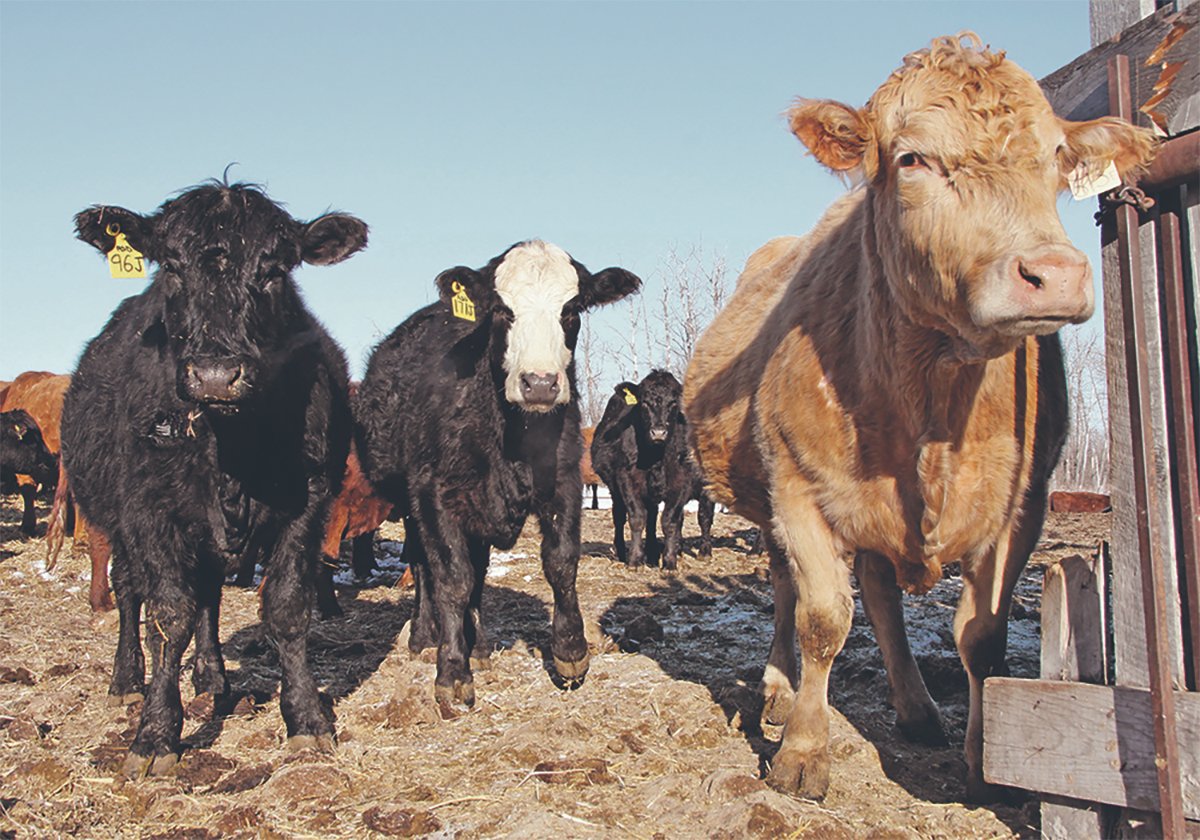MEDICINE HAT, Alta. – Landowners should not be intimidated into accepting a deal with an energy company.
Heather Sinton of Alberta Environment told a western range science seminar held in Medicine Hat that sometimes farmers and ranchers are pushed into signing a deal with an energy company without fully understanding how it will affect the landscape and their livelihood.
“With better planning and with everybody taking a role in terms of being accountable for what is happening out there on our rangeland, we can have a good reclamation and we can get our rangelands back in good condition,” she said.
Read Also

Livestock inspection costs increase in Saskatchewan
The Sept. 1 50-cent increase to livestock inspection fees may seem like another hit when everything is going up, but the chief executive officer of Livestock Services of Saskatchewan said producers should consider the value they receive in return.
Rules exist for reclaiming public land, but private land care is between owners and developers.
The onus is on landowners to demand complete recovery plans and insist on an environmental inspector to ensure the agreement was met.
Sinton said landowners should insist on an inventory of soil, vegetation and wildlife before work starts. Sensitive areas should be identified.
There are 260,000 oil and gas wells in Alberta, thousands of kilometres of gas lines and 6,000 gravel pits.
Alberta has reclamation standards and Alberta Environment is encouraging companies to put monitoring systems in place to ensure the land is properly tended.
“We have quite a strong planning process for many types of development and where we fall down are on the small developments,” Sinton said at Jan. 20-21 meeting.
The newest trend is restoring land to look like neighbouring land.
More groups are seeding areas back to native species that are commonly found on the Prairies.
There are about 2,000 native plants in Alberta, but there is a shortage of native grass seed. The seed is also more expensive than tame grasses.
As well, some species take a long time to germinate and grow. For example, only about 10 percent of rough fescue seeds emerge when seeded back to a disturbed area.
Annual weeds are a common problem in these projects in the first year, but they can provide shade to new plants and eventually native species overcome them.
To read more about restoration projects, go to www.producer.com and click Links in the News.

















